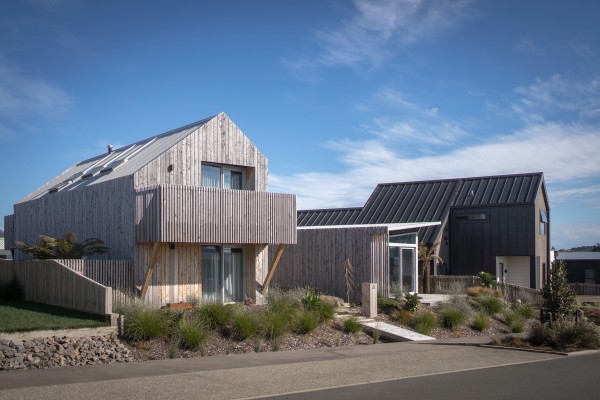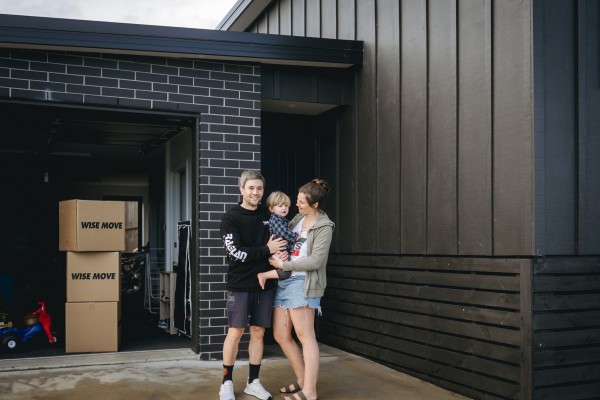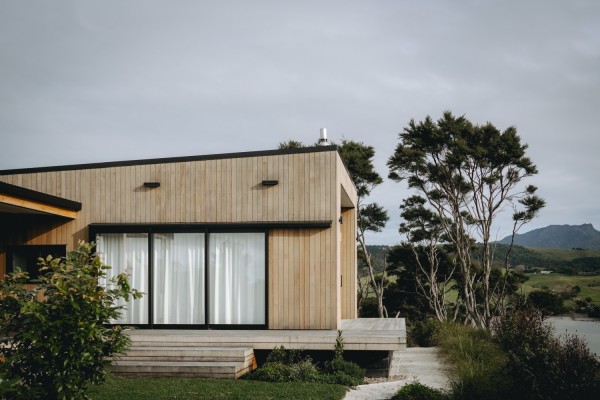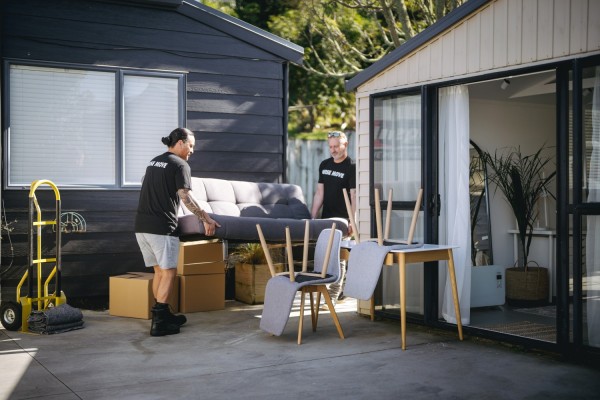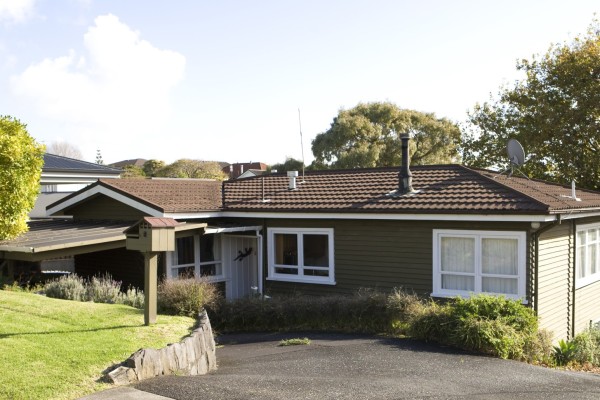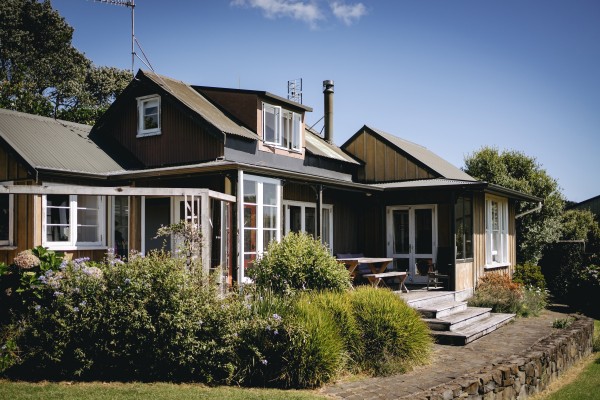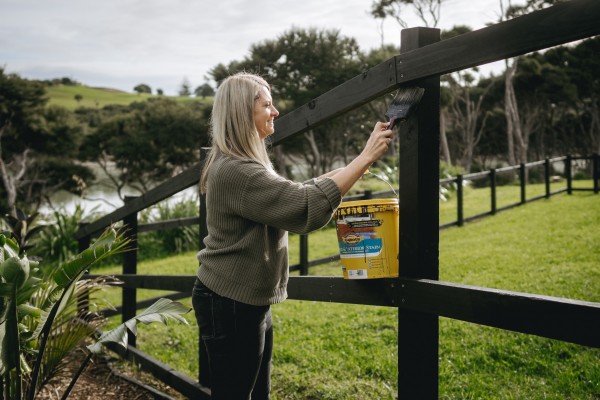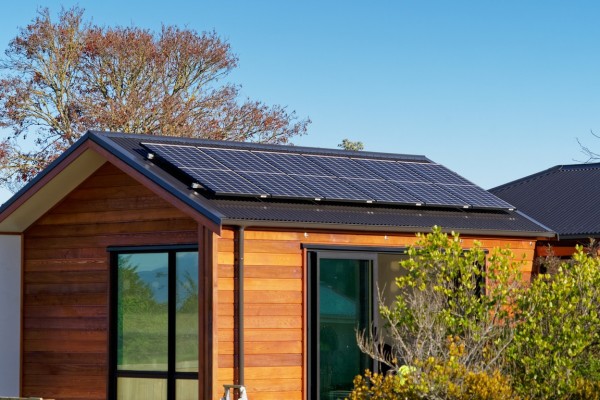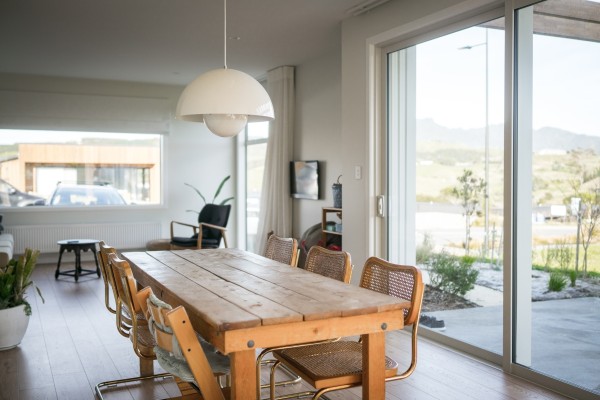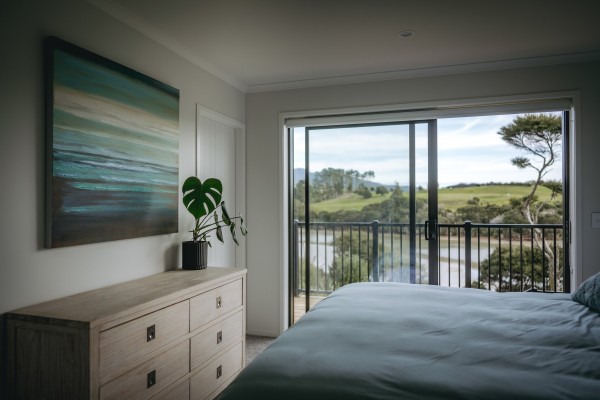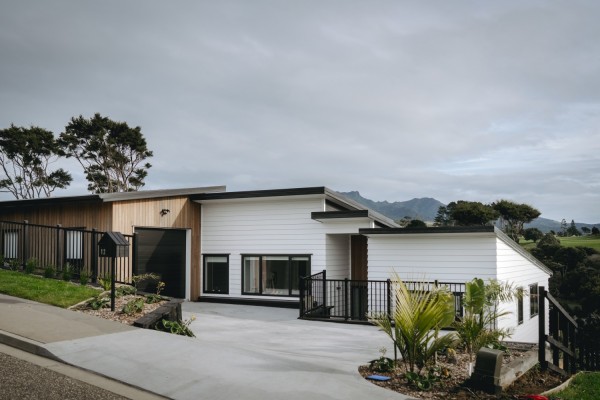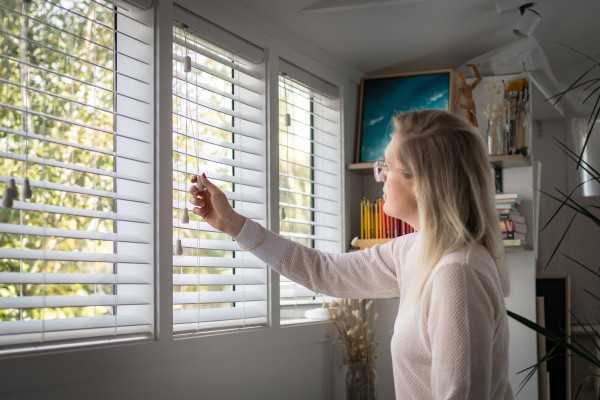What does it cost to build a new house in New Zealand? [2025]
![What does it cost to build a new house in New Zealand? [2025] What does it cost to build a new house in New Zealand? [2025]](https://cdn.wisemove.co.nz/image/blog/9e3dc17d8b939f4ea620f9b02fe64475.jpeg)
Asking what it costs to build a new house in New Zealand is like asking how long a piece of string is. It depends on many things—for example, where you’re building it, how big your home will be, and the type of materials you’ll use. Even though prices for new builds can differ, a ballpark figure can help you understand the average cost of a new home.
As well as the cost, there are a few other factors you should consider before you build a home, like whether it’s cheaper to buy an existing house, whether building costs are rising, what the hidden costs of building a home are, and what types of homes are commonly built in New Zealand.
What does it cost to buy an existing house in New Zealand?
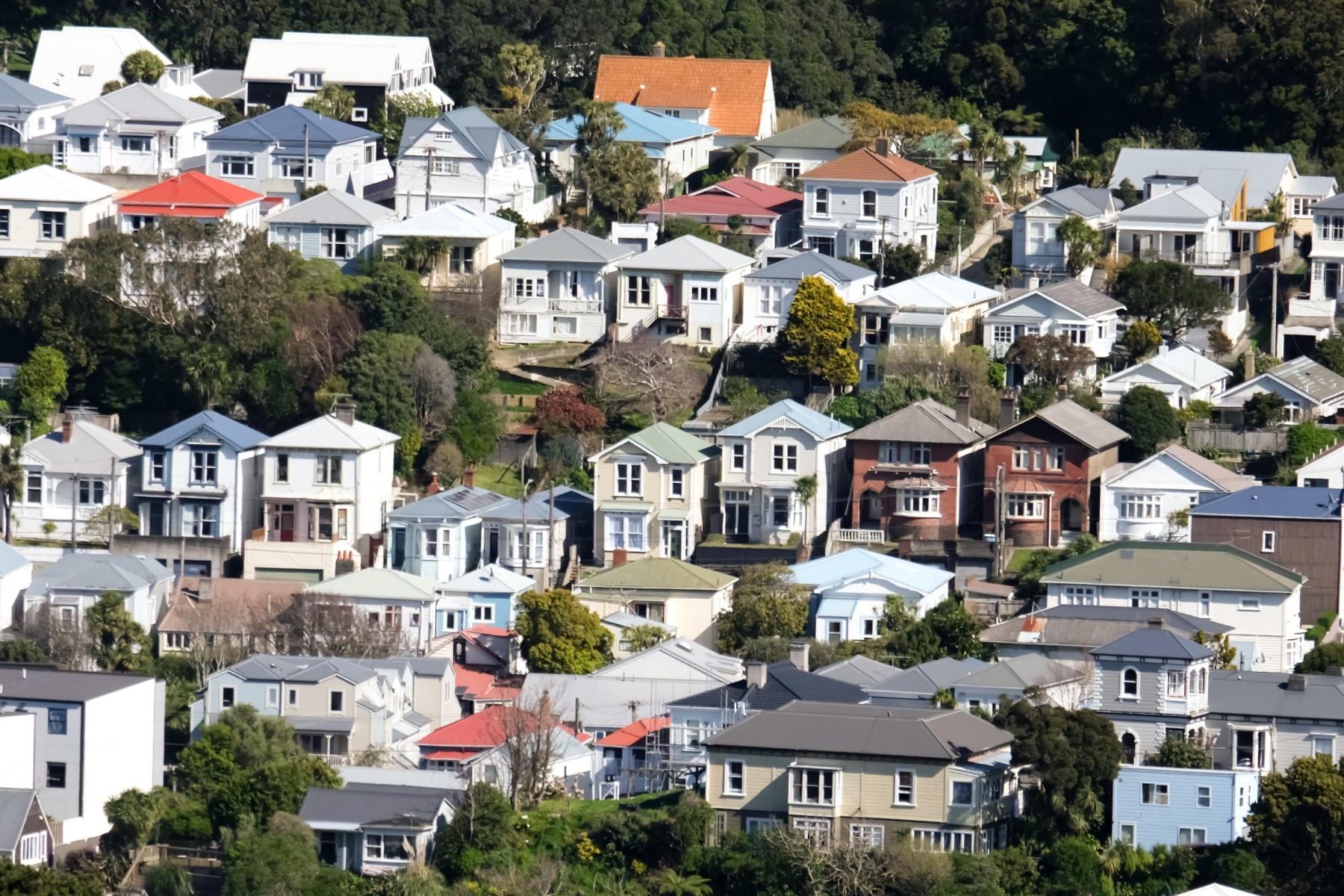 Before you consider building, it’s important to understand how much it costs to buy an existing house. Inflation has dropped since its peak in 2023, but building supplies are still expensive—thanks to lingering supply chain issues and demand.
Before you consider building, it’s important to understand how much it costs to buy an existing house. Inflation has dropped since its peak in 2023, but building supplies are still expensive—thanks to lingering supply chain issues and demand.
On the plus side, house prices have steadied after dropping 12.2% in 2023.
This makes buying a house in 2025 more affordable than in previous years.
What does this mean for you?
With construction costs still high, it’s a good idea to weigh up your options—whether building a house or buying while the market is down is best for your budget in 2025.
What are the benefits of building a new house right now?
For many people, building a house is about more than just the cost of materials. There are definite benefits to designing and building your own home that an existing house just can’t compete with.
Here are some benefits:
Customisation
You build the home you want according to your preferences and needs. Building a home that matches your lifestyle is easier than finding an existing home that accommodates your tastes and needs.
Energy efficiency
New homes are built with the latest energy-efficient standards in mind. They often have improved insulation, efficient heating and cooling systems, and energy-saving appliances. This can lead to lower utility bills and reduced environmental impact.
Building codes and safety
Building regulations and codes evolve, and new homes are constructed to meet the current standards. This means they often have enhanced safety features, such as updated electrical wiring, fire-resistant materials, and better structural integrity.
Modern features
You can incorporate energy-efficient systems, smart home automation, advanced security systems, and eco-friendly materials, which may result in long-term cost savings and a more comfortable living environment.
Is it expensive to build a home in 2025?
 At the end of 2024, the price of construction materials was finally stabilising.
At the end of 2024, the price of construction materials was finally stabilising.
The average cost of building a standard one or two-storey home in a major centre—Auckland, Hamilton, Palmerston North, Wellington, Christchurch, and Dunedin—was up just 1.5% over the 12 months ending November 2024.
While that’s a small increase it’s worth noting that between 2022 and 2023 construction costs rose 17.3%, and another 5% from 2023 to 2024.
So, while you can be glad that construction costs are stabilising, it’s still much more expensive to build in 2025 compared to 2023.
How much does it cost to build a home in different regions of New Zealand?
The cost to build a home in New Zealand differs depending on where you live. While every region has experienced building cost increases since the start of 2024, some areas felt this increase more than others.
-
You will find it slightly cheaper to build your home on the South Island. The price per m² is $3093, versus $3394 on the North Island.
-
The most expensive region to build in is Otago at $3900 per m².
-
Marlborough is the most affordable region to build at $2669 per m².
-
Otago saw the biggest increase from 2023, with the cost increasing by 20%
-
Marlborough saw the smallest increase, raising just 1% over the past year
-
The three most expensive places to build are Otago, Wellington and Nelson.
-
The three most affordable places to build are West Coast, Marlborough and Southland.
How much is the average price of a new build overall?
Costs vary from home to home—the above averages are based on national building consent applications. As the average price per metre increases, so does the average overall cost to build new homes.
The average estimated build cost for a new house in 2025 in New Zealand is $462,654.
New homes are also following the long-term trend of getting smaller each year. Today the average size of a new home is 141 square metres—decreasing from their peak of 202 square metres in 2010.
Planning a smaller home can make the overall cost of your build more affordable.
Over the past two years, the average build cost per square metre has increased by 21.6%, from $2,695 in 2022 to $3,271 in Q1 2024.
New homes are slightly larger in the North Island. The average size of a new building in the South Island is 148 square metres, compared to 138 square metres in the North Island.
How does the cost of a new build compare to buying a house in New Zealand?

According to Canstar, the median cost of buying an existing house in New Zealand at the end of 2024 was $770,000 nationally, and $1,048,000 in Auckland.
Many regions saw a huge increase in house prices in the last few years. Prices increased from $630,000 in November 2019 to $925,000 in November 2021. At the end of 2024, prices were just 3% higher than national figures in 2020.
So, building a new home can be cheaper for people weighing up the pros and cons of buying versus building. However, other elements will make your new build more expensive.
The following features can increase your build to $4,000m²:
-
An elevated site.
-
Retaining walls.
-
Unstable ground that requires drainage/reinforcing.
-
Large cuts of glass that require steel portals.
-
Open-plan living areas that require advanced engineering for support.
-
Cantilevered decks, roofs or flooring.
-
Expensive cladding.
-
Sites with accessibility issues.
-
Build methods with long timeframes.
So, how much will my new build cost me?
The TLDR is: expect to pay $3,271m² to build a home in New Zealand.
This figure will be slightly less if you’re building on the South Island (except in Nelson and Otago), and then a bit more if you’re building on the North Island (unless you’re building in Manawatu-Whanganui or Waikato.
Any factors that make your site more difficult to reach or involve tricky architectural elements, like large panes of glass, intricate roofing, or reinforcements, can push the cost of your build over $4,000m².
Despite the cost of materials, new builds are generally a more affordable option than buying an existing home.
Do you need help moving into your new home?
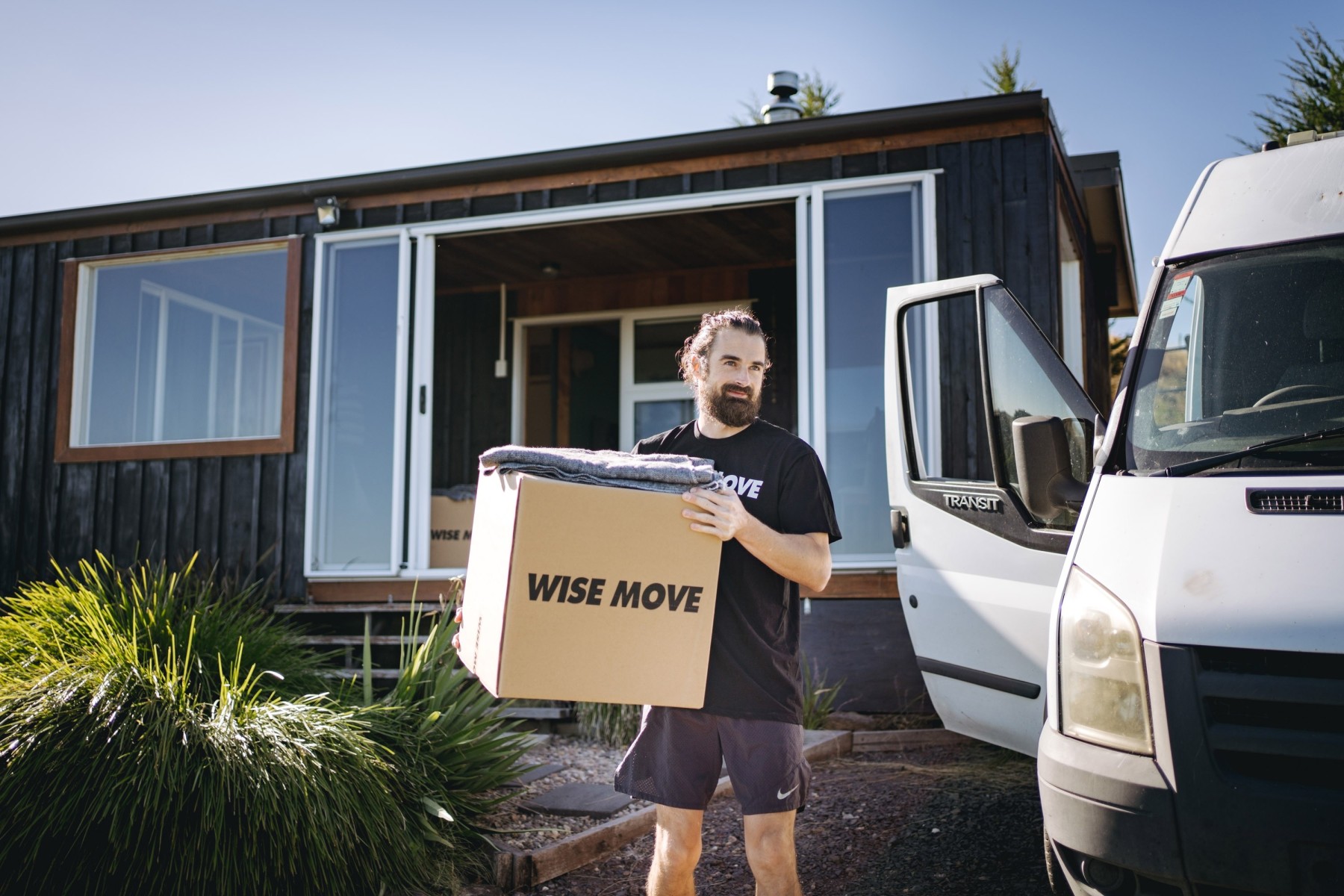 There’s nothing more exciting than moving into a new home, especially if it’s one you have designed yourself. Whether you're moving across the city, or from the North Island to the South, Wise Move can help you find a trusted mover to get you there. Book your Wise Move today.
There’s nothing more exciting than moving into a new home, especially if it’s one you have designed yourself. Whether you're moving across the city, or from the North Island to the South, Wise Move can help you find a trusted mover to get you there. Book your Wise Move today.
What do our customers say?




For every (wise)move







What’s happening?
Please notify us of any violations. This information will be kept confidential and shared only with Wise Move.
- It’s inaccurate or incorrect
- If you find it offensive
- It’s something else
